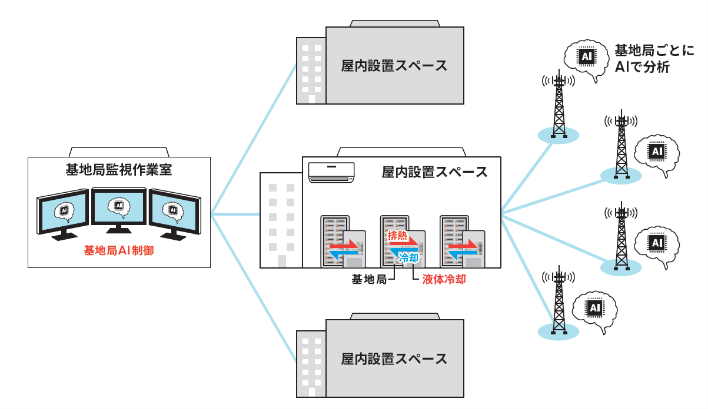Development of manufacturing process and application of Cellulose nanofiber
Daio Paper Corporation
Outline
The pulp and paper industry uses wood, which is a sustainable material that fixes carbon dioxide, as its main raw material. "Cellulose nanofibers (CNF)" can be produced from this plant-derived raw material by processing it into ultrafine fibers. CNF has a variety of characteristics not found in pulp and paper, and is expected to be used in the fields of automobiles, household appliances, building materials, cosmetics, paints and more. However, in order for CNF to catch on, reducing manufacturing costs is an issue, and we are working on reducing energy consumption in the process of making pulp fiber ultrafine, a process which consumes a great deal of energy. To promote the use of CNF, we aim to develop an energy-saving manufacturing process and establish a supply system that can achieve the cost objectives indicated by METI early.
We are also developing a variety of applications in cooperation with users. By leveraging CNF's greatest features of lightweight and high strength among its many characteristics, we aim to reduce the weight of plastic products such as automobile parts and household appliances, and improve the fuel efficiency of automobiles by developing technology for compounding CNF with plastic materials.
Description
The plant-derived ultrafine fiber CNF has various properties not found in pulp and paper, such as lightweight, high strength, low linear thermal expansion, high viscosity, transparency, gas barrier properties, etc. Utilizing such characteristics, applications are expected to be developed in the fields of automobiles, household appliances, building materials, cosmetics, paints and more. In order to spread the use of CNF, one of the issues is to reduce the manufacturing cost, and we are working to reduce energy consumption in the process of making pulp fiber ultrafine, which is a process that consumes a large amount of energy. The pilot plant installed at our Mishima Mill (Shikokuchuo City, Ehime Prefecture) in 2016 has already demonstrated a 97% reduction in energy consumption compared to the conventional method. This was achieved by incorporating pretreatment that uses low cost chemicals and mechanical multistage treatment into the manufacturing process. Building on the results of this development, we will continue to work on further energy conservation and scaling up to mass production, and our aim is to establish a supply system capable of realizing a production cost of 500 yen/kg, the cost target set by METI, ahead of this target date of 2030.
In addition, we provide CNF samples not only in the form of aqueous dispersion, but also in the various forms of powder, sheet material, and composite plastic pellet, and are currently developing several applications in cooperation with users. Among the ongoing application developments, by developing CNF reinforced plastics that leverage the greatest advantages of CNF, which are lightweight and high strength, it will become possible to reduce the weight of plastic products such as automobile parts and household appliances, and contribute to an improvement in fuel efficiency of automobiles. Because CNF is very fine and hydrophilic, it is difficult to uniformly disperse CNF in plastic, a hydrophobic material, to achieve an improvement in the strength of the material. Our CNF manufacturing process allows us to produce CNF adjusted to the required fiber size according to the application due to our mechanical multistage treatment. This in turn allows us to prepare and produce CNF that is suitable for reinforcing plastics, and in combination with the compounding technology that we have developed over the years, we have found a way to produce CNF reinforced plastics with 1.7 times improvement in mechanical properties. Building on this technology, we will develop a mass production process for CNF reinforced plastics. By conducting the production of CNF reinforced plastics that can be used easily as plastic materials at a CNF production site that makes use of an energy-saving manufacturing process, we aim to build a supply system that can supply CNF products at the appropriate cost for applications. The main raw material for CNF is a sustainable material, wood, that is used in the pulp and paper industry and which also fixes carbon dioxide. By utilizing the characteristics of CNF, we can replace conventional petroleum products with CNF or use CNF to reduce the weight of products, and as CNF is a recyclable material, this technology will contribute to the realization of a decarbonized society.
Supplementary information
Other Innovation Challenges
Similar Innovation Challenges
Accelarating the penetration of renewable energy resources with “Open Energy System”
Sony Group Corporation
Achieving net-zero carbon emissions from plant factories using full artificial lighting
Taikisha Ltd.
Advanced technology for buildings providing energy-saving and comfortable indoor environment (under Net Zero Energy condition)
Mitsubishi Electric Corporation
AI control reduces base station power consumption by up to 50%
KDDI CORPORATION







